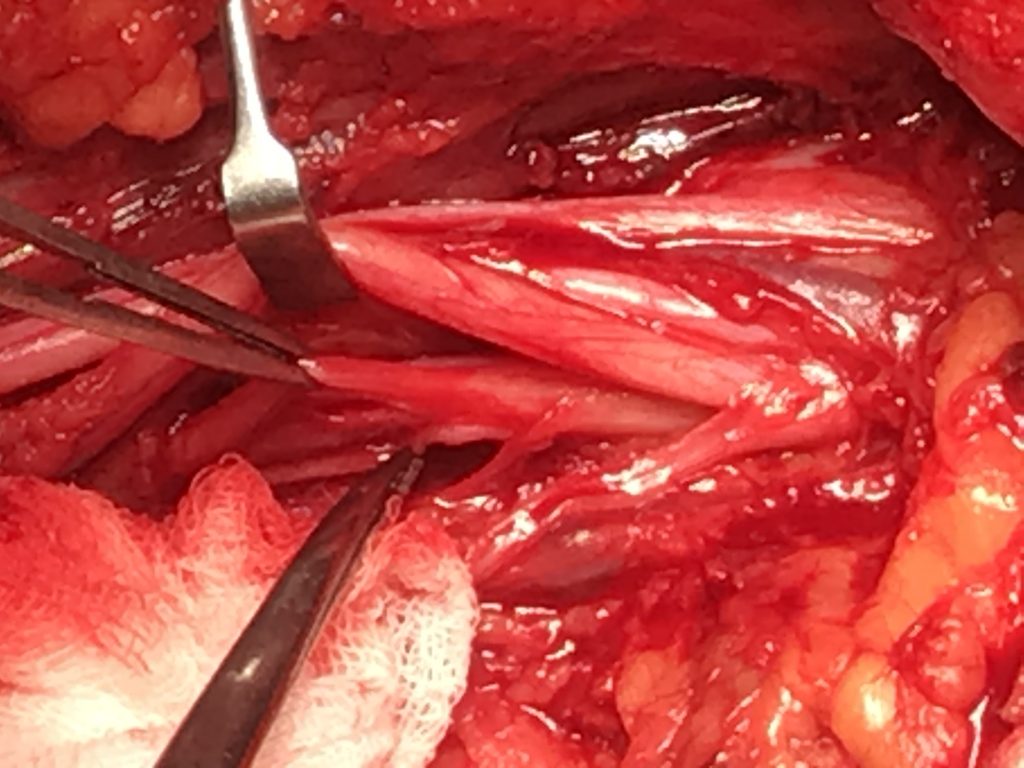
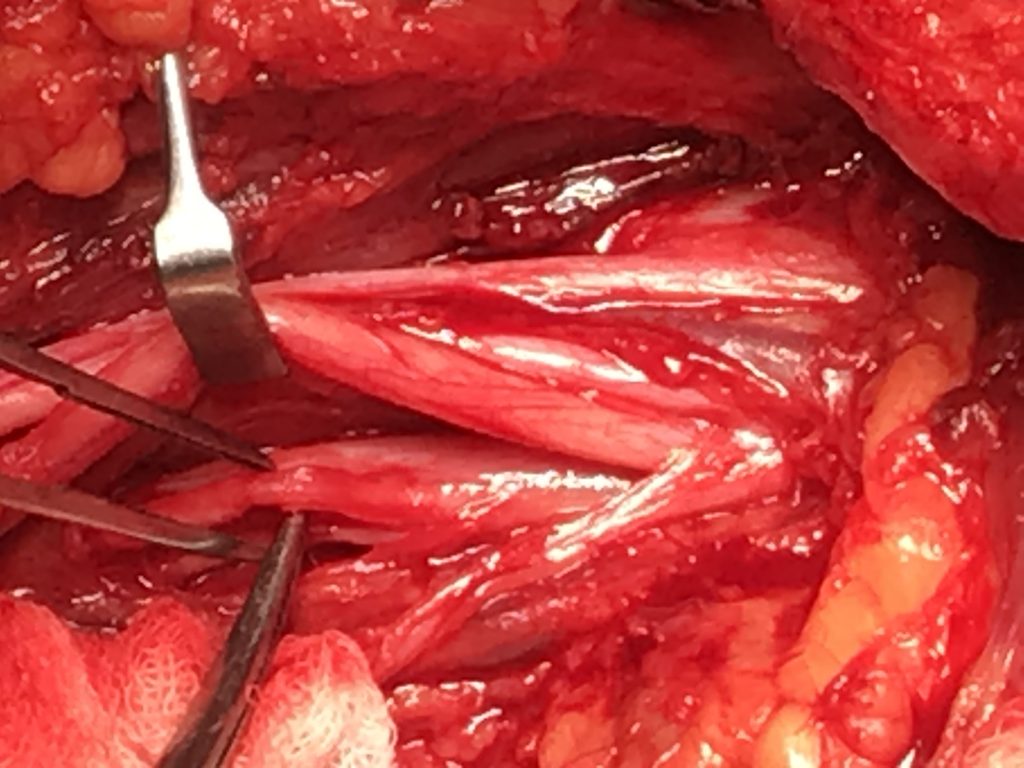
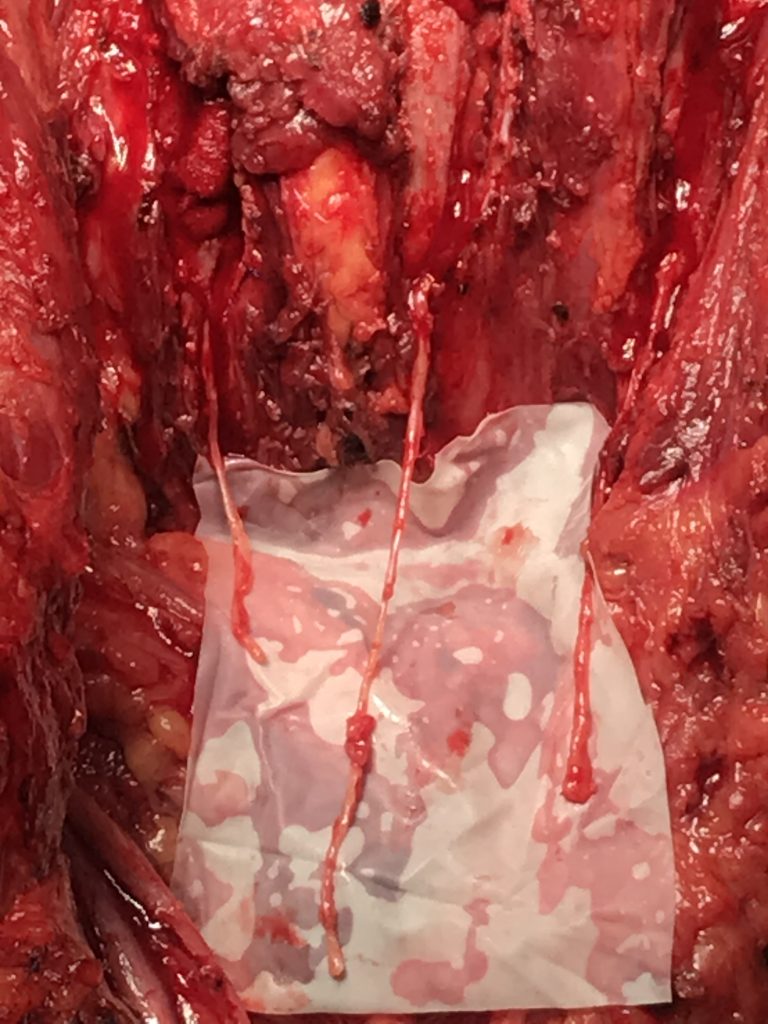
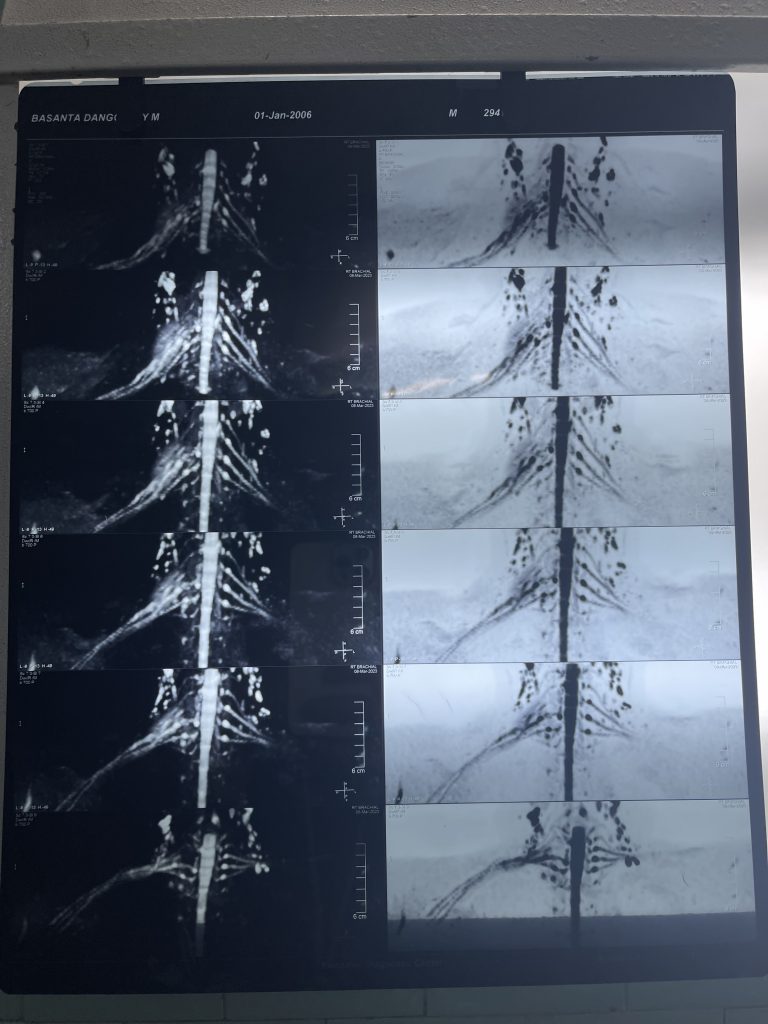
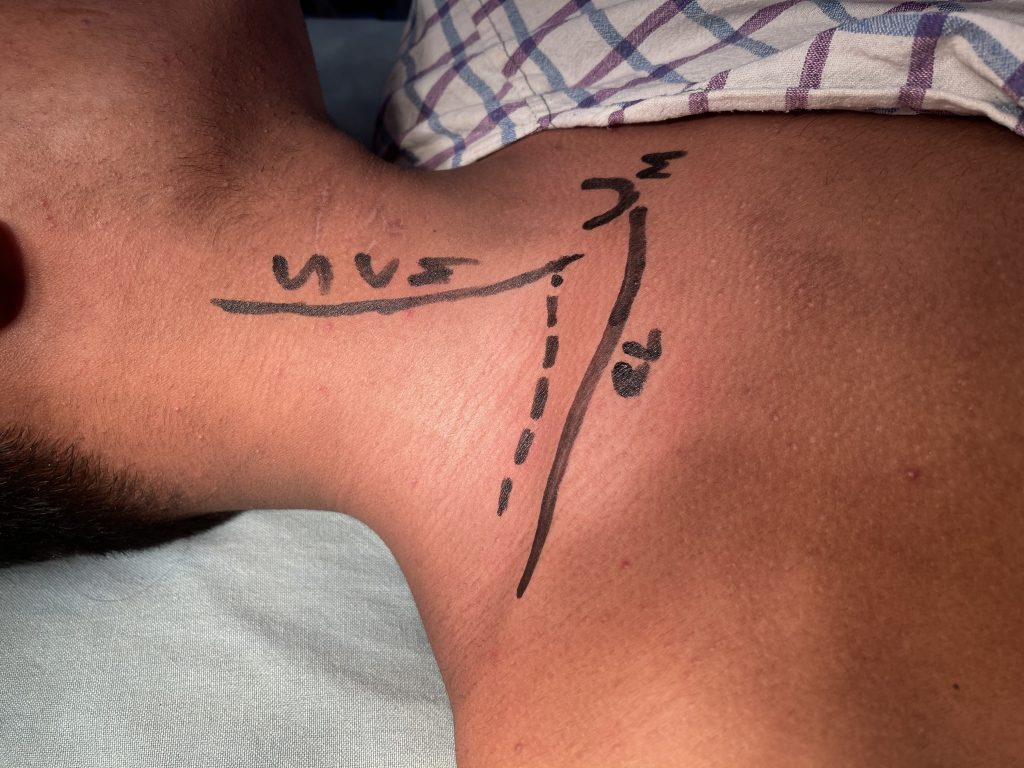
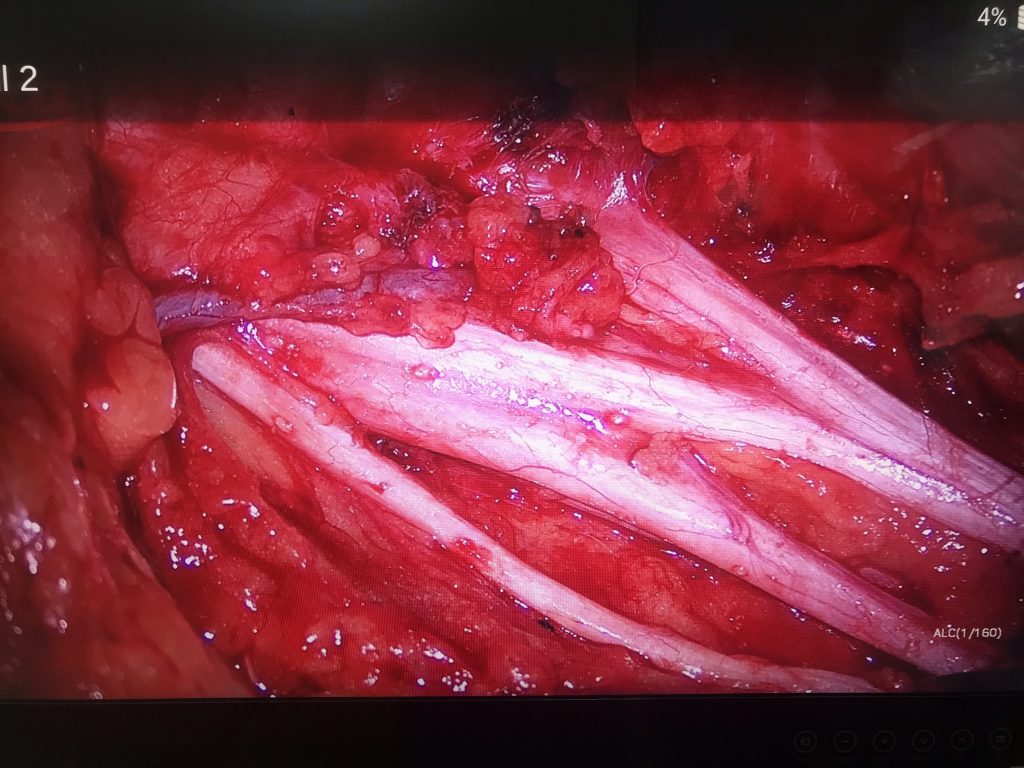
Brachial plexus injuries can be classified into three types based on their severity: neurapraxia, axonotmesis, and neurotmesis. Neurapraxia is the mildest form of injury and typically results in temporary loss of function due to nerve compression or stretching. Axonotmesis is a more severe injury in which the nerve fibers are damaged but the nerve sheath remains intact. Neurotmesis is the most severe form of injury, in which the nerve is completely severed.
In cases of mild brachial plexus injury, non-surgical treatment such as physical therapy, occupational therapy, or electrical stimulation may be sufficient to restore function to the affected arm. However, in cases of more severe injury, surgery may be necessary.
Nerve grafting is a surgical technique that involves taking a nerve from another part of the body, such as the leg, and using it to replace the damaged nerve in the brachial plexus. The surgeon will carefully dissect the damaged nerve and remove the damaged portion, then insert the healthy nerve graft in its place. Over time, the nerve graft will grow and connect with the surrounding nerves, restoring function to the affected arm.
Nerve transfer is a surgical technique that involves taking a functional nerve from another part of the body and rerouting it to a muscle or group of muscles that are no longer receiving signals from the damaged nerve. This technique is often used when the damage is located near the nerve root, where it is difficult to graft a new nerve. The surgeon will identify a functional nerve in the arm or shoulder, then carefully dissect it and reroute it to the affected muscle. This technique can restore some movement and function to the affected arm.
Muscle transfer is a surgical technique that involves taking a muscle from another part of the body and using it to replace a non-functioning muscle in the affected arm. This technique is often used in cases of more severe injury where nerve grafting or nerve transfer is not possible. The surgeon will identify a muscle that is not critical to the function of another part of the body and transplant it to the affected arm. Over time, the transplanted muscle will grow and connect with the surrounding nerves, restoring some strength and function to the arm.
In summary, surgical management of brachial plexus injury depends on the severity and location of the injury. Nerve grafting, nerve transfer, and muscle transfer are all potential surgical techniques that may be used to restore function to the affected arm. It is important to consult with a qualified and experienced surgeon to determine the best course of treatment for your individual case.